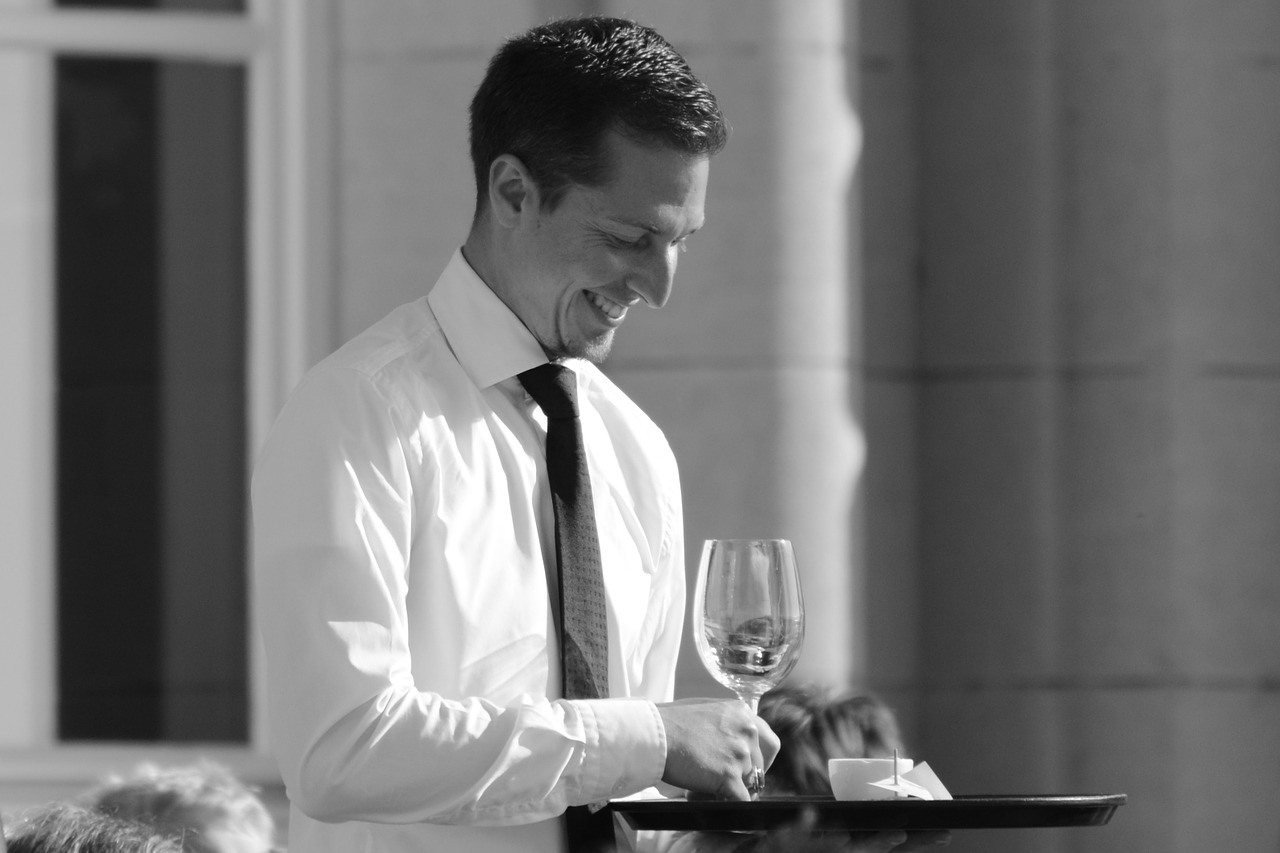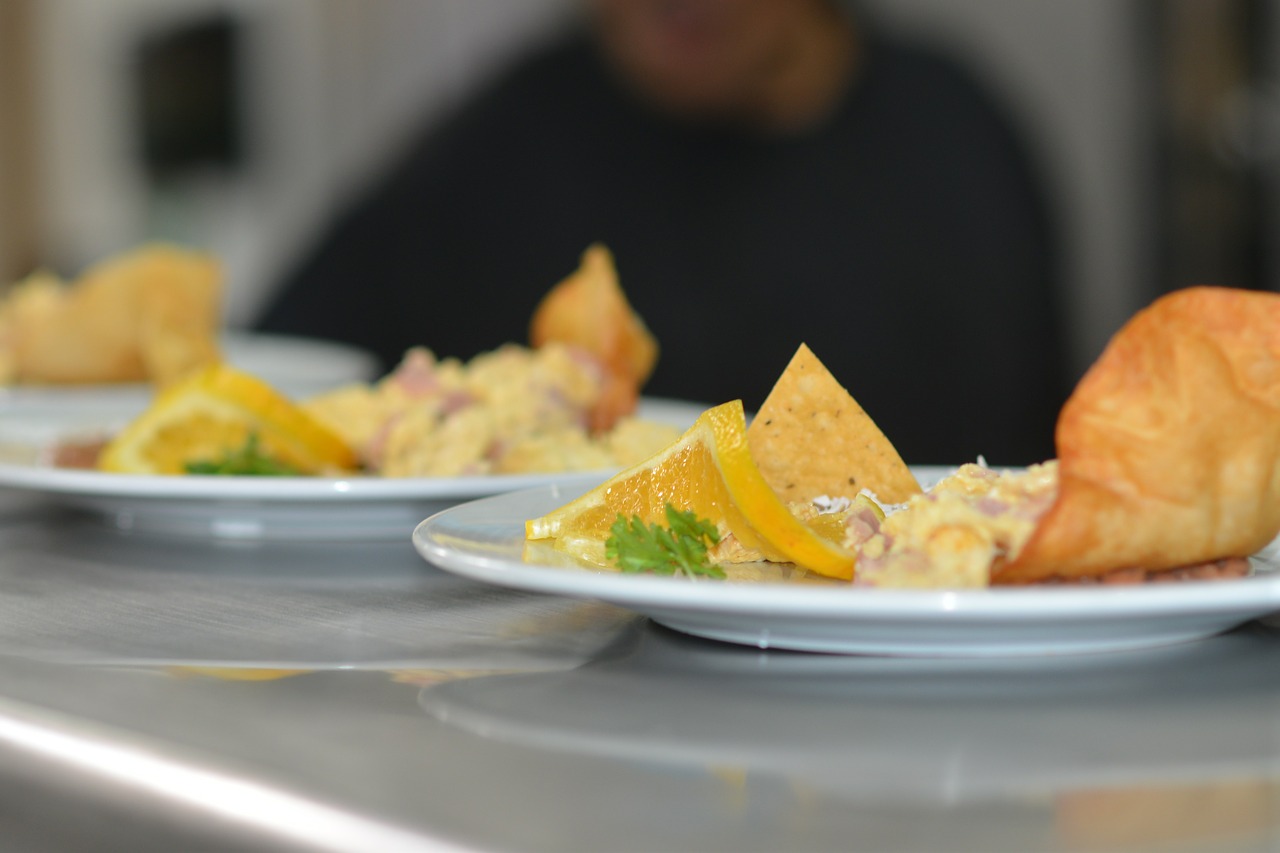How to Write a Restaurant Business Plan
/https://www.youtube.com/watch?v=wNE0wkBNzUE Before taking action on any complex problem, it's a good idea to write down all of your thoughts on paper. This is especially true in the restaurant world and that would be called a business plan. Everything that was brain stormed onto to the paper, important restaurant business questions might be raised such as:
"What’s your concept? How do you want it to feel? What does it look like? What’s the food going to be like? What are the beverage selections going to be like? How’s it going to be staffed? How is it going to make money? What are the expenses going to be?What’s it going to cost, and how much time is it going to take to pay off any debt or repay investors?"
Of course, your ideas and thoughts start out simple and build up to greater ones, however it doesn't end there. Since all of that information is plotted down on paper, now it must be meticulously and convincingly polished for investors and creditors to grasp on. It's important for them to be assured that your restaurant business will have financial success and continue to grow in the long run.
After devising the business plan, it's important to take advice from experts in the areas where you need solutions to.
"It might be important to have an architect or a designer involved as you write the description of the restaurant and how it looks and feels. It might be very important to have an accountant look at your financial projections and the numbers that you write down to show how the business will operate financially."
You're not the only one involved in the business plan. Money is at the balance, so make sure that you include people that you trust to be part of it as well. Others can see things that's obvious to them but may not be obvious to you. All feedback is important ranging from the tiniest aspect to a larger one. Description about the food, the beverages and how the place is going to feel are important to share to get an idea of how your concept is going to layout. This will be a contributing factor to the success of the business and it could also adjust the business plan as needed.
As you layout your concept, think about how much it will cost you. Think of it as a de facto opening budget so that you can work financially and respond to the needs and resources of the restaurant. Be thorough and comprehensive about the business to calculate things properly.
"How many seats your restaurant will have will determine how many guests can eat in your restaurant – will determine how many covers, as they’re called, you’ll do each day. The menu pricing will determine the check average or how much each person will spend. Once you have the number of covers and the check average you know how much revenue you’re going to be making."
Every detail and thought that comes across, plays a vital role to your decision about the business and the operation. You may ask if you have linen, or will you have bare tables? Will you have flowers or not? What kind of silverware and plate-ware will you have? Will it be paper napkins or linen napkins?
All of those decisions lead to costs. The more thorough and well thought out your business plan is the more helpful it will be in making you successful in your opening year.




